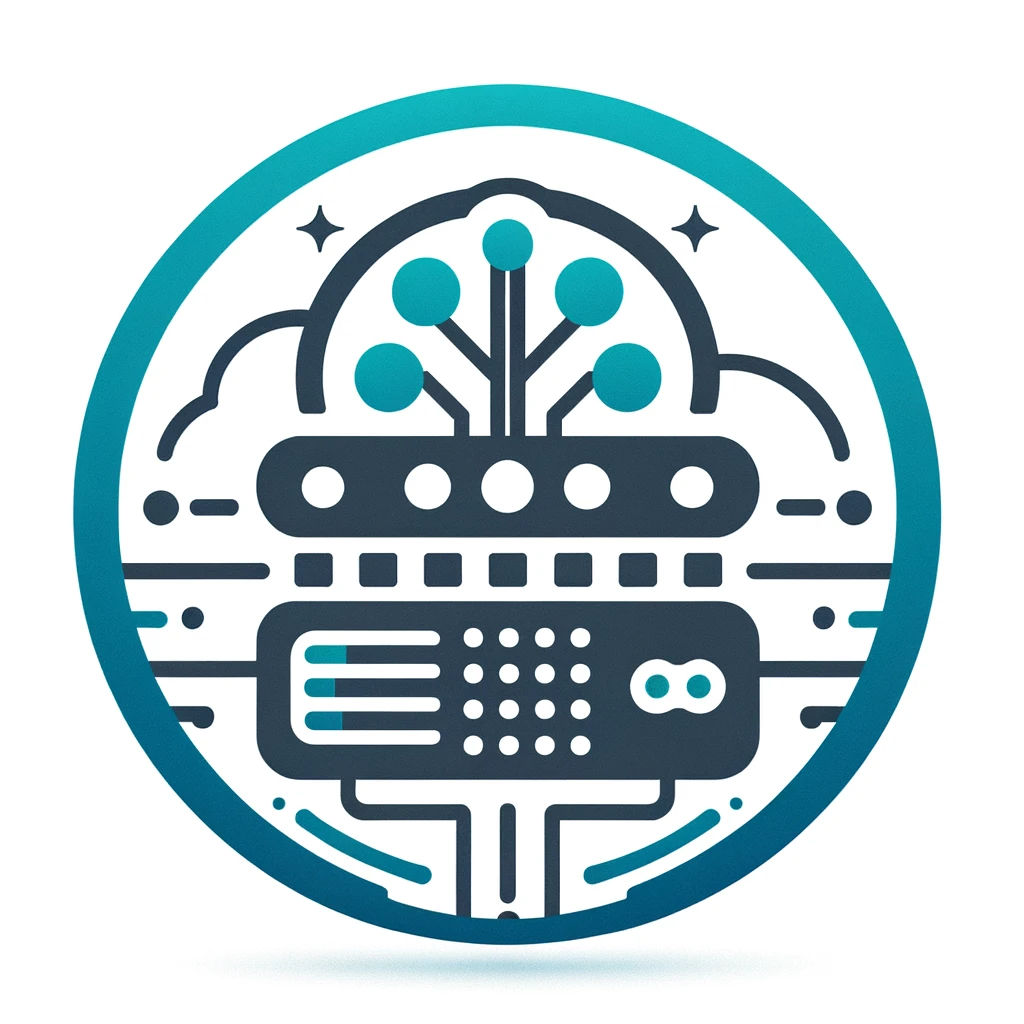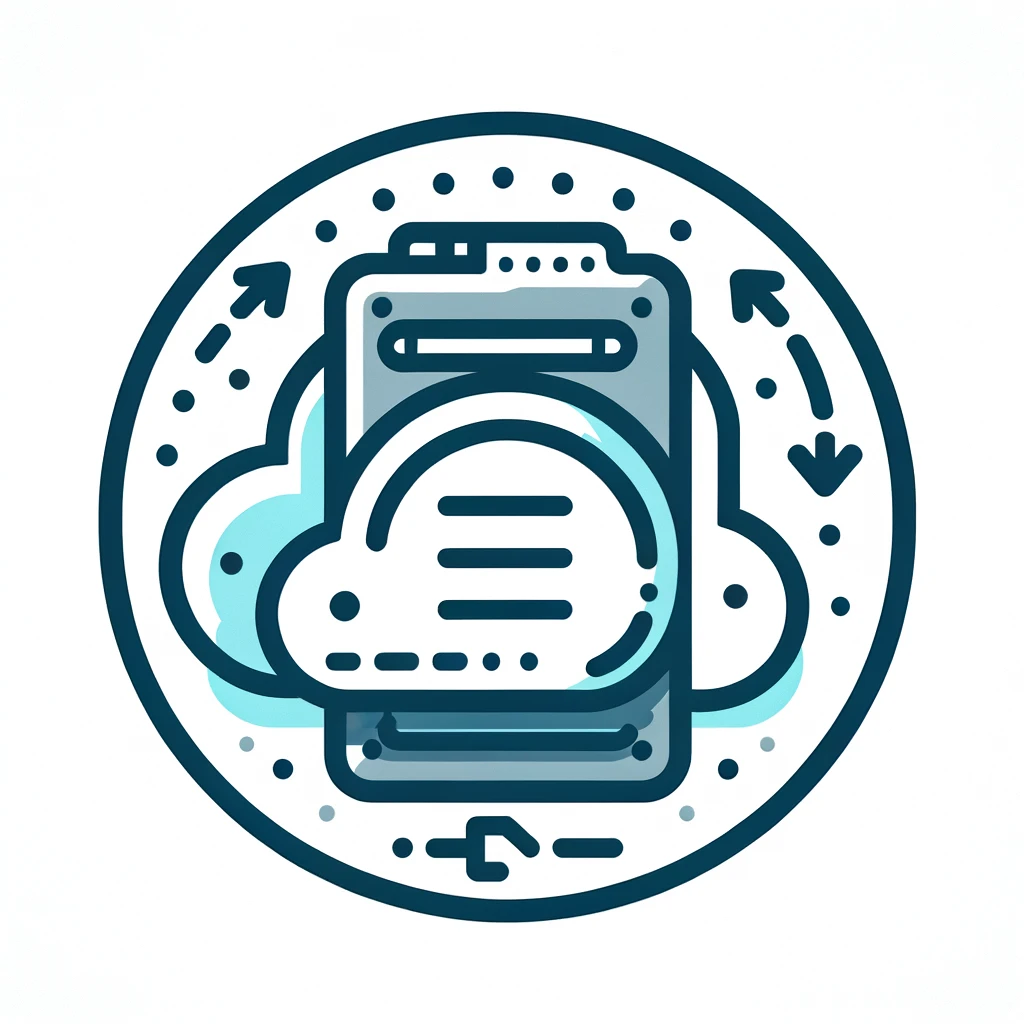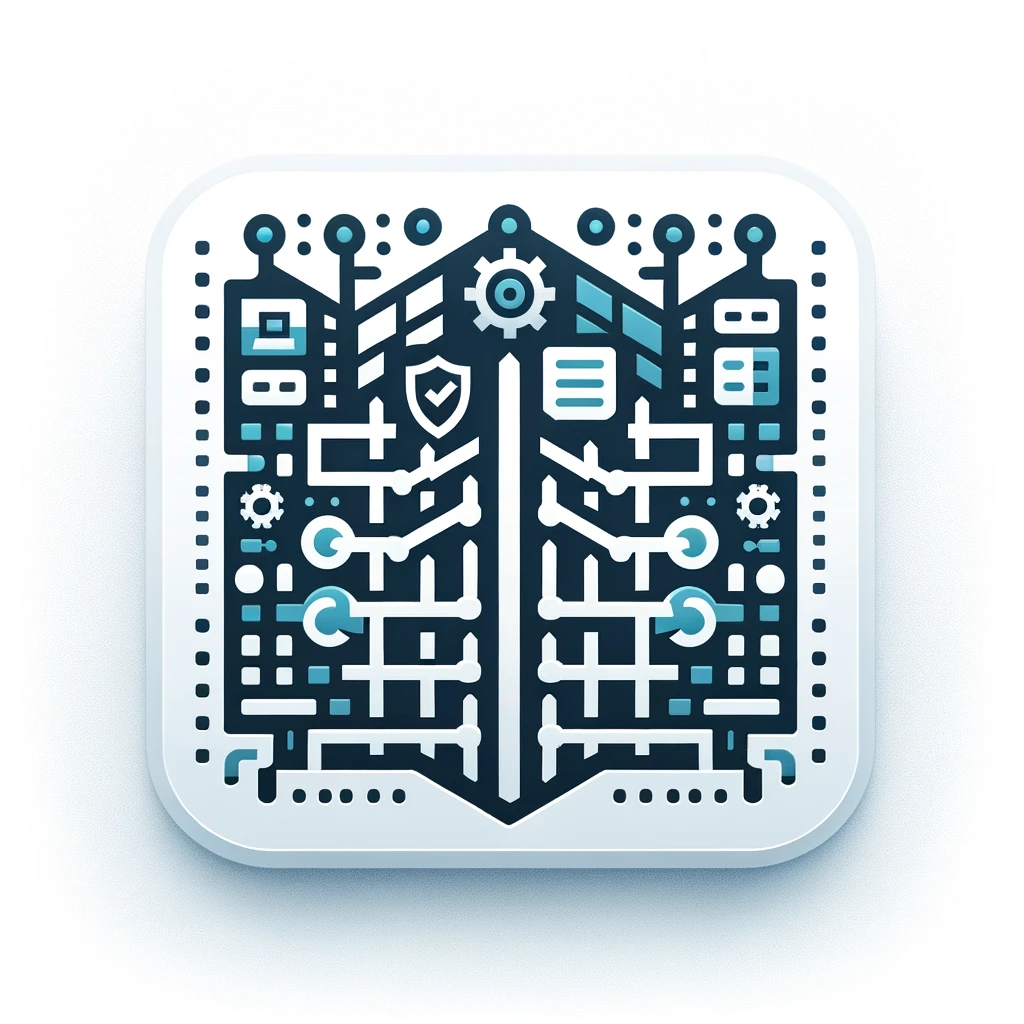Barracuda Networks
Your Journey, Secured.
At Barracuda, they strive to make the world a safer place. They believe that every organisation deserves access to cloud-enabled security solutions of the highest calibre that are easy to buy, implement and use. Barracuda protects email, networks, data and applications with innovative solutions that grow with customers. More than 200,000 organisations worldwide trust Barracuda to protect them in ways they may not even know they are at risk. This allows organisations to focus on taking their business to the next level.
Vulnerability Management
Vulnerability management is a proactive approach to ensuring network security and consists of identifying, classifying, priorisation and eliminating vulnerabilities in systems, particularly in relation to software and firmware.
This systematic approach focuses on reducing the risk of security breaches and attacks by ensuring that potential vulnerabilities are recognised and remedied before they can be exploited by cyber criminals or pose potential risks to the system. Vulnerability management includes tasks such as vulnerability scanning, penetration testing and patch management. The purpose is to create a comprehensive security concept that can protect systems and data from unauthorised access, modification or destruction.
Application Delivery Controller (ADC)
The functions of an application delivery controller usually include load balancing, performance optimisation, failover, resource utilisation of a data centre and the security of enterprise applications. Application delivery controllers are usually placed strategically behind a firewall and in front of one or more application servers. This makes the device a central control point that takes care of the security of an application. The Application Delivery Controller also offers simple authentication, authorisation and booking.
Application Layer Gateway
Application layer gateways are placed between the secure and insecure network; a proxy server is set up on them for each service to be monitored, which, unlike packet filtering, can be used to monitor the content. In this way, active content such as ActiveX controls or Java applets can be filtered out of HTML pages or the e-mail can be scanned for viruses.
Backup & Recovery
Backup refers to the saving of files or databases so that they are preserved in the event of a device failure or other disaster. Backups are usually a routine task in the operation of large organisations with mainframes or for administrators of smaller business computers. Backups are also necessary for users of personal computers, but are often neglected. The retrieval of backed up files from a backup is called recovery.
Firewall (inkl. UTM & NG)
Modern firewall systems now offer a much broader range of integrated features in addition to the conventional functions of a firewall; UTM firewalls provide everything a security expert needs: Firewall, anti-virus, filtering features for web content,emails, application control and network functions (e.g. routing and load balancing) in just one appliance.
Network IPS
Intrusion prevention systems (IPS for short) are intrusion detection systems (IDS for short) that go beyond the mere generation of events to provide functions that can also block a detected attack. Network IPS includes all solutions that can provide centralised protection for the company network.
VPN / SSL / ZTNA
A conventional VPN is a virtual, self-contained communication network that uses an existing communication network as a transport medium. It is used to connect participants in the existing communication network with another network. In addition to traditional networking via VPN gateways, SSL VPN is also increasingly being used to connect individual end devices. With ZTNA administrators can granularly control access to internal resources and restrict access based on the client’s health state.
E-Mail Archiving
Email archiving is an independent term for the long-term, unalterable and secure storage of electronic messages. This archiving is based on the one hand on legal requirements for the complete documentation of tax-relevant documents and on the other hand on the requirements of companies and private individuals for the management of increasingly complex e-mail communication data and processes.
Network & System Management
We define Network & System Management solutions as products that can be used to centrally administer and monitor a wide range of systems used in the company. The primary goal of network and system management is to ensure that networks and systems function optimally and efficiently to fulfil a company’s business requirements while providing a secure environment for sensitive data and information.












































